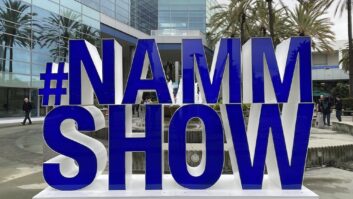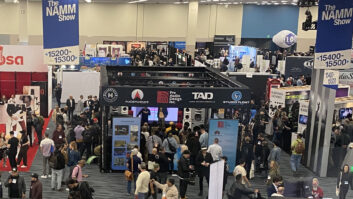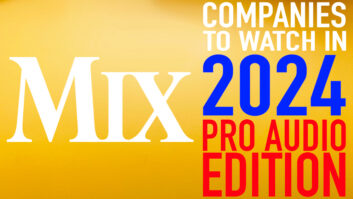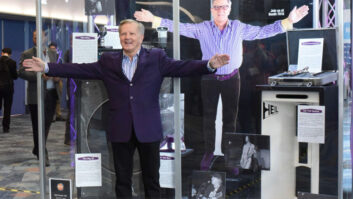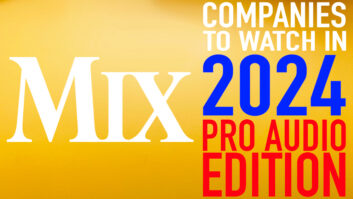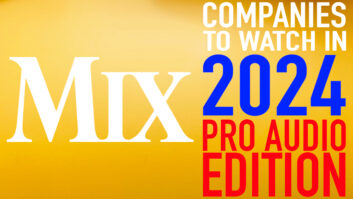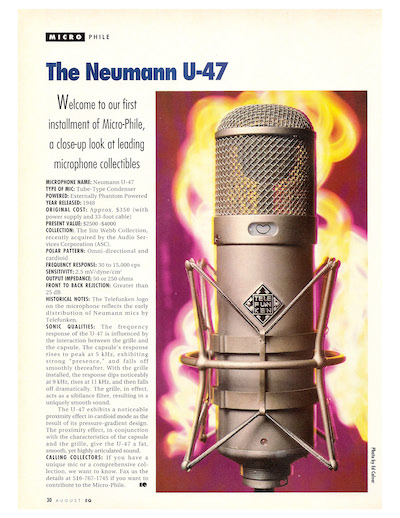
Way back in the early 1990s—which seems like a lifetime ago—I was a contributor to (and later the senior editor of) a pro audio magazine called EQ. As with most mags aimed at sound engineers and producers at the time, we ran articles on recording and live sound techniques, studio profiles, equipment reviews, gear maintenance, and a very entertaining column written by the late, great Roger Nichols.
The August 1993 issue of EQ featured the debut of what would become to readers a beloved monthly column called the “Micro-Phile.” As the name implies, “Micro-Phile” would spotlight a microphone, often vintage in nature. We’d publish a nice photo showing off the mic, accompanied by a list of specs, suggested applications, the original cost of the mic (as well as its current value) and a bit of historical information. It was oodles of fun coming up with a different microphone each month, then doing the detective work to hunt down the technical background—especially gratifying in a pre-internet world. That first appearance of “Micro-Phile” featured the venerable Neumann U47.
If my memory serves correctly, my contributions to EQ started with the January 1994 issue (a feature story with Alan Parsons!); throughout the mid-1990s, I became more involved with the magazine and sort of took over “Micro-Phile”—which was only natural, given my geeky tendencies toward these heavenly transducers. Sometime in 1996 a reader reached out and asked if his microphone, an RCA Type 77A, could be featured in the “Micro-Phile” (this became more common as the column gained popularity among the magazine’s readers).
Alas, he did not have any of the technical information, which we would need in order to run the column. Where could I find such information? RCA had long stopped manufacturing microphones, and ribbon microphones had not yet experienced the resurgence that was coming in the late 1990s when David Royer established Royer Labs and Wes Dooley was turning AEA into a household name (at least among engineers!). Sad to say, but at the time, a lot of people simply didn’t care about ribbon mics. I’d need to do some good old-fashioned legwork (okay, phonework).
A colleague in the office pointed me in the direction of Bruce Swedien, whose RCA 44BX had been featured in the October 1993 “Micro-Phile.” I cold-called Bruce, never having spoken with him, half-terrified. Not only did he point me in the right direction, but he was happy to talk turkey regarding microphone techniques. Bruce suggested I contact Clarence Kane, proprietor of ENAK Microphone Repair in New Jersey, which I did. Sure enough, Clarence had the spec data for the RCA 77A and was kind enough to fax it to me. Yes, fax.
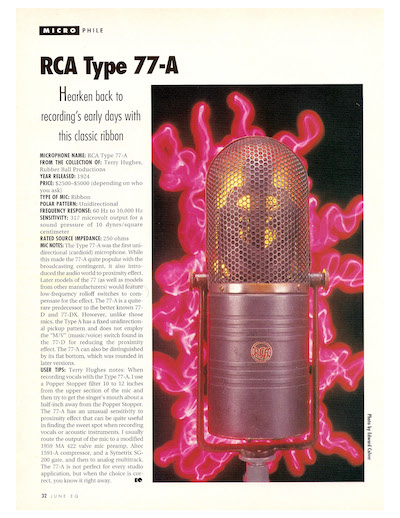
Clarence would help us out countless times over the subsequent years, providing tech data and always more than willing to share his insight and experience with me. But I didn’t yet truly appreciate Clarence’s devotion to (some might say obsession with) RCA ribbon mics. This became apparent when I sent to him my RCA 44BX, a microphone that had long been unusable, ignored, and sadly sitting in a box of what I considered at that time to be studio junk. I think I may have stubbed my toe on it more than once (or at least the box it was in), thinking, “I really should do something with this thing.”
There was no question that I would send the mic to Clarence. If you don’t already know his story, here is some background:
After serving in the US Army during World War II, Clarence began working for RCA, servicing microphones and installing studio systems. Eventually, he became the sole person responsible for all service, repair and restoration of microphones that came through RCA’s CRAE (Custom Repair and Engineering) division. When RCA shut down its microphone service division, Clarence purchased all of the parts and equipment needed to continue repairing RCA mics, then started ENAK. He built an impressive list of clients that included Swedien, Les Paul, Chet Atkins, Steve Miller and Kenny Rogers. In short, Clarence became the go-to guy.
Mix Live Blog: Luke Combs ‘Growin’ Up and Gettin’ Old’
After putting it off more than once, I finally called Clarence, asking if I could send him my 44BX for repair. A few days after receiving the mic, Clarence called back asking if I was aware that there was a part missing. I was not, but in fact the “cushion assembly” was AWOL, making it impossible to properly mount the microphone to a normal (i.e., 5/8 27) mic stand. Lucky for me, Clarence had a replacement that he could install for a few extra bucks above the repair price. When I asked if he thought the extra expense was worth it, his reply was, “Well, the microphone is probably worth around two grand.” After I picked myself up off the floor, I agreed to the couple of extra bucks, and Clarence informed me that he’d probably ship the mic back the following week.
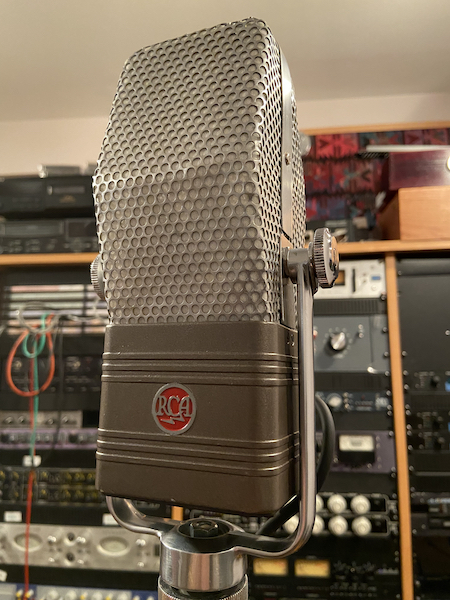
I distinctly recall being at the EQ office when that package arrived. I slowly opened the Pelican case I used to ship it, and as I did, I’m pretty sure I heard angels sing. Clarence had not only replaced the ribbon and the missing mount, but he had restored the microphone to its original beauty.
I was dumbfounded at the level of commitment and expertise that was on display here. It was obvious to me that the man was passionate about what he did. Clarence maintained a level of craftsmanship that’s hard to find in this day and age of disposable everything—the kind of attention to detail displayed by people who only know how to do a job right. Years later when I purchased RCA 77DX and 74B microphones, they received similar treatment.
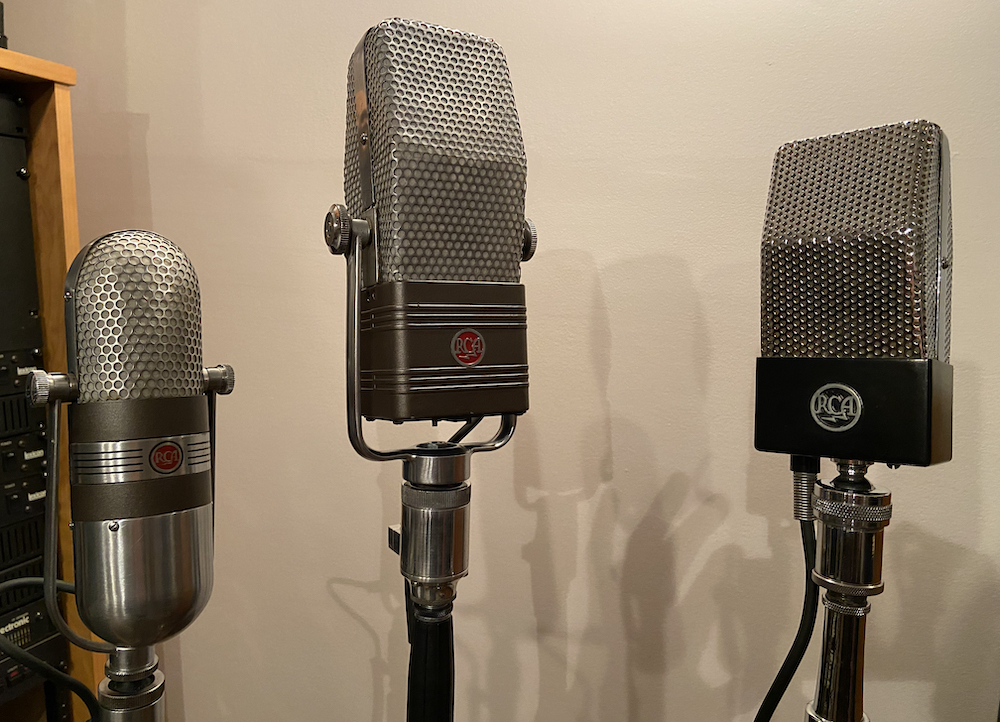
I still use these microphones and I’d like to think that Clarence looks down with approval.
Thankfully Clarence passed along his legacy first-hand to Luke Petersen, who I hope will maintain the same dedication and attention to detail as Clarence did, with Pitman Microphones and Repair Service. Luke—you’ve got your work cut out for you.
R.I.P., Clarence. You will be missed, and I’ll think of you every time I roll out one of those beautiful mics.

